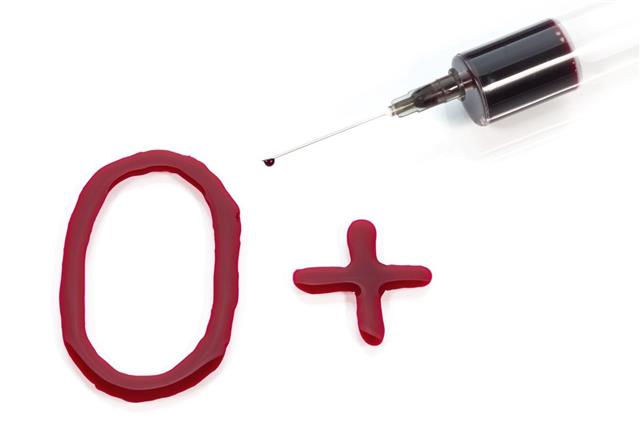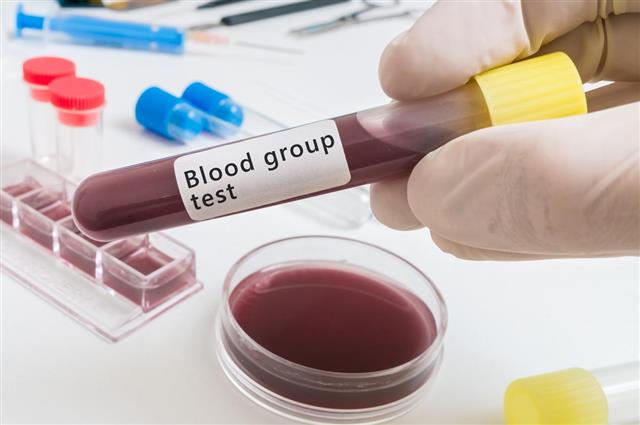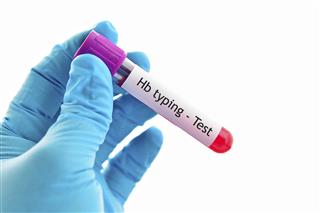
There are numerous types of blood infections; the most common among them is septicemia. This HealthHearty post has information on the causes of blood infection, course of treatment, and the risk factors associated with it.
Blood infection is a condition wherein the blood cells and blood plasma get infected by pathogens and toxins. There are many blood infection types, but the most common among them is known as sepsis or septicemia. The term sepsis blood infection is often confused with blood disorders, which are conditions that are mostly genetic and non-contagious in nature, like hemophilia and thrombocytopenia. When referring to blood infections, the terms ‘sepsis’ and ‘septicemia’ are often interchangeably used, but the two words are slightly different in their meanings. Sepsis is a condition wherein the entire body is affected by toxins, with harmful microorganisms spreading from one site to another. However, septicemia is a condition, where there are active pathogens present in the bloodstream itself. When the pathogens involved are only bacteria, then the condition is known as bacteremia. Of all the various types, septicemia due to bacteria is the most serious condition, which often requires immediate attention.
Causes
In cases of people with very low immunity, even fungi or viruses can be responsible for septicemia. Often, septicemia spreads from an infected nidus (the central point of an infection), which can either be a major organ, or simply an infected cut or wound, which acts as a portal for the entry of microbes. Pneumonia is an example of a blood infection, where there is a state of septicemia that arises from the lungs. Blood urinary tract infection is one of the other relatively milder types. Other causes could be meningitis, ruptured appendix or appendicitis, cellulitis, and infections that spread from organs of the abdomen. Those that spread from the liver are very grave, as the infection spreads at a faster rate when internal organs are affected.
Symptoms of Septicemia
- Fever is often the most evident sign of septicemia. High fever is commonly observed, accompanied by chills.
- The patient may have tachycardia (higher heart rate) and paced breathing.
- The patient may get severe headaches and maybe very irritable, disoriented, and confused.
- There may be visible skin reactions, like rashes, which may be confined to a certain region, or may spread all over the body, depending on the severity of the condition and the immunity of the patient.
Treatment
The treatment of septicemia is often dependent on the cause. The first step is to diagnose and identify the exact causative agent for the blood infection, following which the treatment plan is chalked out. More often than not, it is imperative that the person seeks professional help in cases of septicemia, especially, if he is immunocompromised, or is undergoing treatment for some other condition. The medical treatment will mostly include administration of antibiotics, either orally or in severe cases, intravenously.
Risk Factors
There are certain people that are at a risk of contracting the most serious and fast spreading of all blood infection types. The people who are at an added risk of contracting blood infections include:
- People with low immunity
- Patients with any debilitating disease, like HIV/AIDS, cancer, diabetes etc.
- Those who have just got an organ transplant or are on immunosuppressive drugs
- People with spleen problems
- People who have injuries or severe burns stand a greater risk of contracting a bacterial blood infection
- People who have been using steroids for a long time
- People who are undergoing chemotherapy or radiation therapy
In cases of septicemia, it is best that one gets the condition diagnosed and treated on a priority basis, so as to avoid any further dire complications.
Disclaimer: This HealthHearty article is for informative purposes only, and should not be used as a replacement for expert medical advice.








